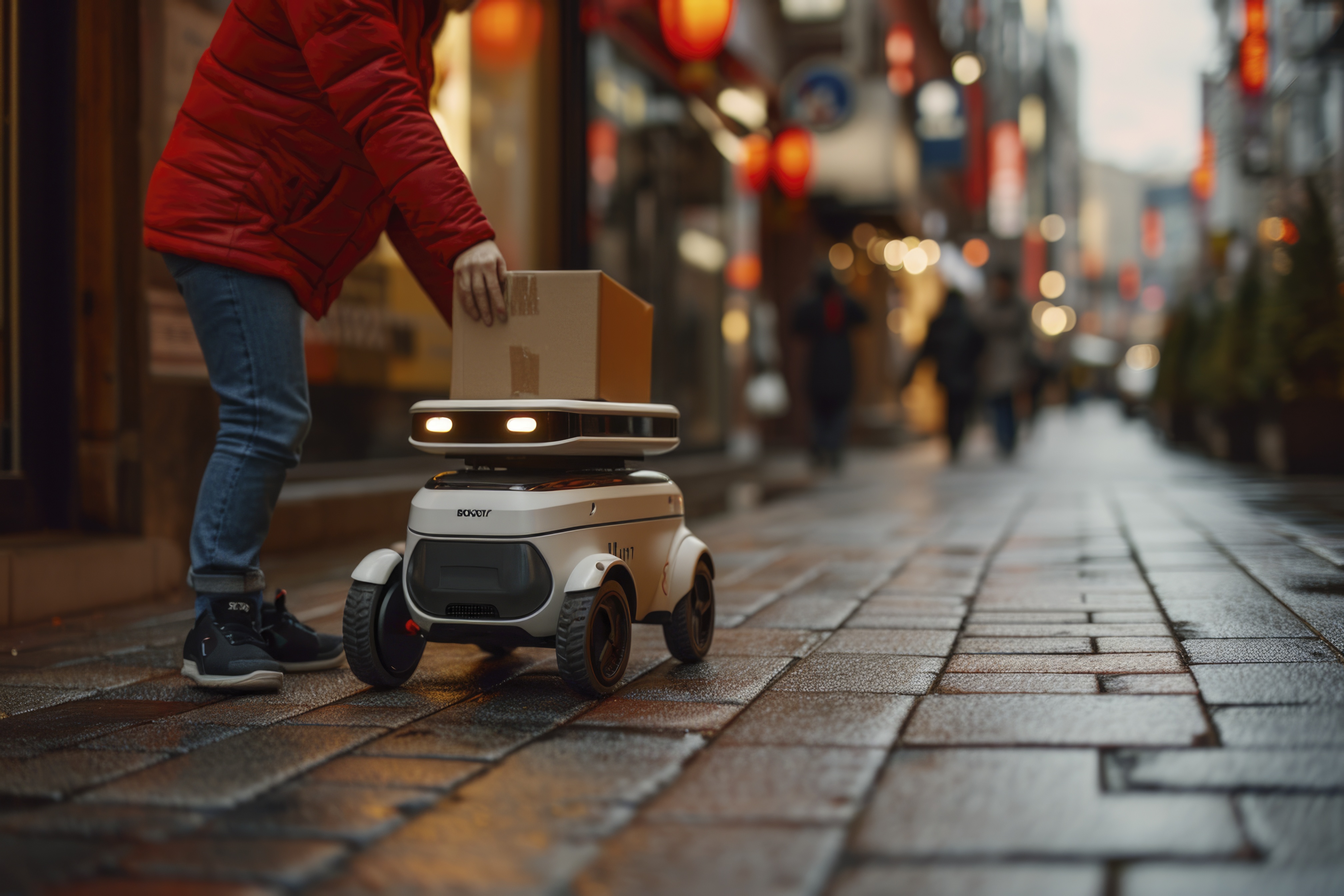info@sadi.co.ke
+254727368241
Robotics has moved beyond isolated machines to intelligent, collaborative systems known as swarm robotics. Inspired by nature—think bees, ants, and birds—swarm robotics involves multiple robots working together to complete tasks efficiently. In 2025, these systems are increasingly entering everyday life, from deliveries to home assistance, changing how we interact with technology.
Swarm robotics is a field where multiple simple robots communicate and coordinate to perform complex tasks. Unlike traditional single-robot systems, swarm robots:
Share information in real-time to optimize task completion.
Adapt dynamically to obstacles or changes in the environment.
Work collectively to perform tasks faster and more reliably.
Swarm robotics is moving out of labs and into practical scenarios:
Delivery Systems: Drones and ground robots coordinate to deliver packages efficiently in urban areas.
Home Assistance: Small robots collaborate to clean, organize, or monitor home environments.
Healthcare Support: Swarm robots can assist in hospitals, distributing supplies and managing logistics.
Agriculture & Environment: Coordinated robot swarms monitor crops, plant seeds, and detect pests.
The use of swarm robotics in daily life brings multiple advantages:
Efficiency: Tasks are completed faster with multiple robots working together.
Redundancy & Reliability: If one robot fails, others compensate, ensuring continuous operation.
Scalability: Systems can expand by adding more robots without redesigning the workflow.
Cost-Effectiveness: Smaller, simpler robots are cheaper to produce than complex single units.
While promising, swarm robotics comes with challenges:
Communication Reliability: Swarms rely on real-time data sharing, which can be disrupted.
Coordination Complexity: Algorithms must ensure smooth collaboration without collisions or errors.
Ethical Concerns: Privacy, safety, and accountability are crucial in human environments.
Swarm robotics is poised to revolutionize daily life, offering efficient, adaptive, and collaborative solutions for tasks that were once time-consuming or complex. From delivery drones to intelligent home assistants, the future is one where multiple robots work seamlessly together, making everyday experiences smarter and more convenient.
 September 17, 2025 - BY Admin
September 17, 2025 - BY Admin